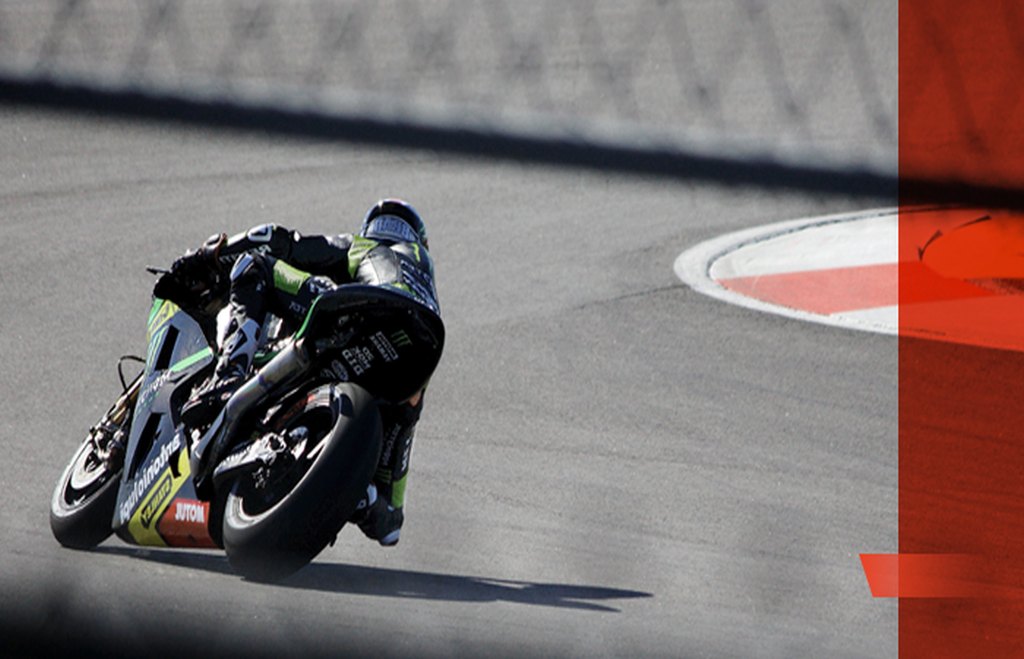On the 8th April 2019, the new Ultra Low Emission Zone (ULEZ) came into effect in Central London. Replacing the T-Charge (officially known as the Emissions Surcharge) and running alongside the Congestion Charge. Today, the ULEZ covers the same area as the Congestion Charge zone, and operates 24 hours a day, 7 days a week. In contrast, the former T-Charge operated only on weekdays between 07:00 and 18:00.
To avoid paying the ULEZ charge, all motorcycles must meet Euro 3 emissions standards for NOx. For motorcycles, the ULEZ is enforced based on the declared emissions of the vehicle rather than the age. Generally, Euro 3 engines are those motorcycles registered with the DVLA after July 2007. For pre Euro 3 motorcycles, including mopeds, riders need to pay £12.50 per day to enter the zone. This will prove costly for riders who commute into the city on a daily basis.
Many dealers are hoping this will encourage riders of older machines to trade them in for newer models. This could potentially lead to an increase in both new and used sales (particularly commuter machines) in the London area. In view of the economic climate, this is positive news for the industry.
What does this mean for machines over 12 years old? Recently, there has been an increase in demand for the budget end of the market. Although older machines are becoming less desirable in affected city centres, there will be little change in demand in other areas of the country.
Currently, the ULEZ only effects Central London. However, from October 2021, the boundary extends out to the North and South Circular roads and once again, all motorcycles within the expanded zone will need to meet the ULEZ emissions standards or pay a daily charge. It is also likely that other UK cities will implement similar emission charge zones in the years ahead, too.
These recent developments are something to keep an eye on in the months ahead to understand whether the ULEZ will have a noticeable effect on the motorcycle industry.

 Close
Close